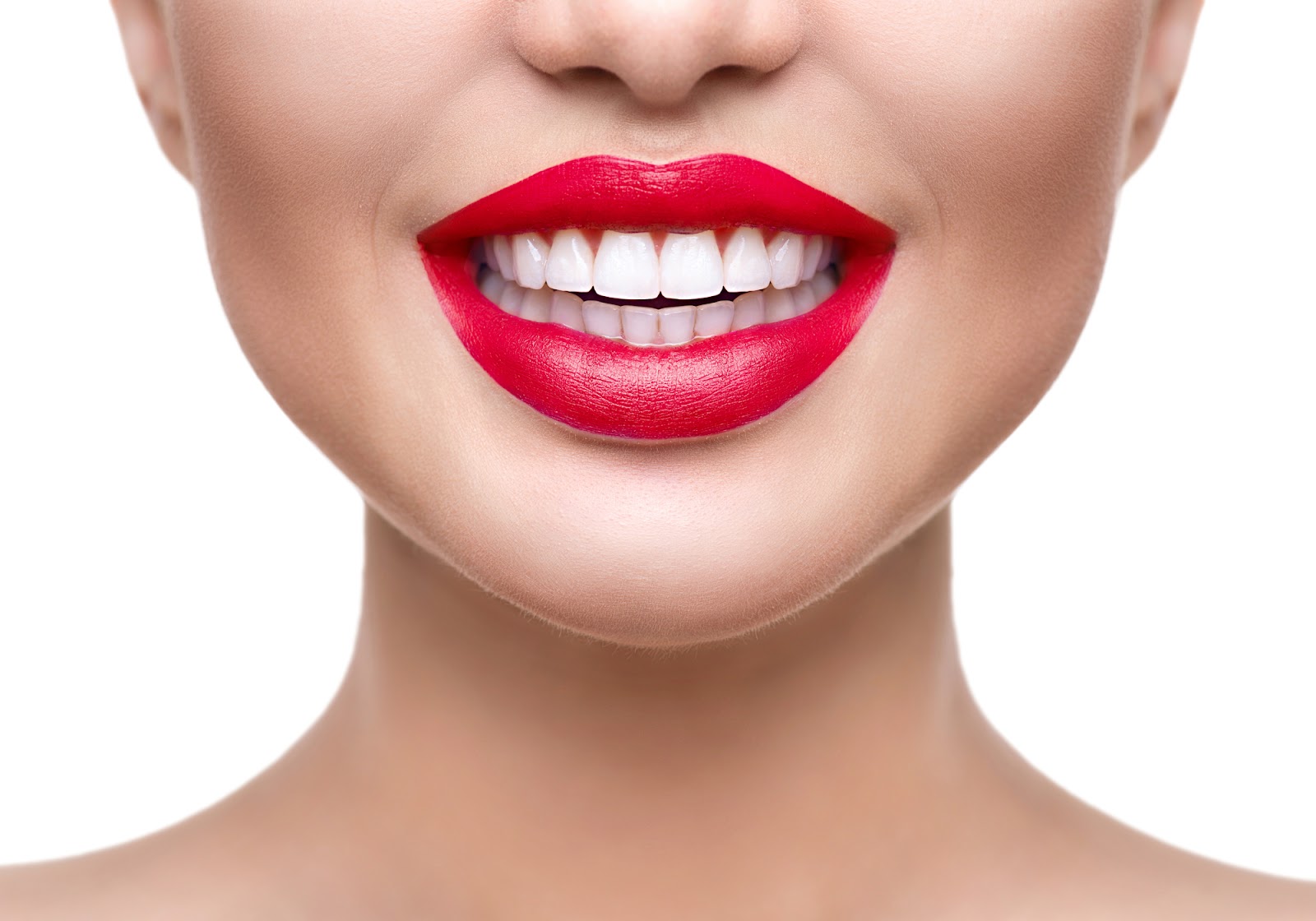
Are Porcelain Veneers a Good Idea?
August 13, 2021
What to Expect When You Receive Orthodontic Care from a Dentist
August 27, 2021Are your tooth roots starting to feel exposed? You’re not alone. A recent survey revealed that half of the people aged 18 to 64 have at least one site of gingival (gum) recession, and this issue only increases with age.
Not only do they look unappealing, but exposed tooth roots also cause people to be more at risk of dental decay, sensitivity, and abrasion. Gum recession is critical and should be addressed quickly to prevent more severe health issues from sparking.
If you are suffering from gum recession, you may be considering your surgical options: Chao Pinhole® Surgical Technique or traditional gum grating.
In this blog, we will discuss the differences between both surgical gum recession treatments.
Technology
Dentists have practiced gum grafting since the 1960s. During this surgery, oral surgeons take a small amount of tissue and stitch it in areas with little or no tissue.
Forty years later, Dr. Chao developed the pinhole surgery technique out of “necessity” to upgrade the traditional gum recession treatment. Dr. Chao’s goal was to create a way to mend gum shrinkage without having to cut. Instead of grafting soft tissue elsewhere, dentists poke a minor hole above the receded gum layer and gently wiggle the tissue to cover the exposed tooth roots. Dentists perform this unique but effective surgery without scalpels, sutures, and grafts.
Treatment
Dentists apply a local anesthetic before both treatments to numb the area and ease discomfort.
Doctors perform Chao Pinhole surgical technique in three simple steps:
- Poke a tiny entry point in the gums with a patented, sterile dental instrument.
- Gently guide the gums into their correct position.
- Insert collagen strips to stabilize the gums.
On the other hand, gum grafting is more invasive. Dentists:
- Loosen the existing tissue to make room (a pocket) for the donor tissue at the site of receding gums.
- Collect donor tissue from inside the mouth (typically from underneath the palate) or another donor source. If needed, they stitch the donation site closed.
- Carefully position the donor tissue in the gum pocket to adequately cover the exposed tooth root.
- Stabilize donor tissue with stitches.
Recovery
Risks are low for both gum recession surgeries. However, both surgeries come with the risk of common complications like infection, bleeding, and discomfort.
Most patients recover within 24 hours after pinhole surgery and there are no stitches involved. Because the recovery period is shorter, the complications associated with this technique are much lower than traditional gum grafting.
After the gum grafting procedure, the tissue needs time to integrate with the existing tissue. Both the donor site and treatment site usually require two weeks to heal. After this surgery, patients should consume a soft, nutritious diet and avoid physical activities while the soft oral tissues heal.
Which treatment is better?
When applied correctly, both pinhole surgical technique and gum grafting can help cover exposed tooth roots due to receding gumlines. Patients can expect that the effects of both surgeries are permanent, but factors like aging, genetics, and over-brushing may cause gums to recede again.
The main advantages that the Chao Pinhole Surgical Technique has over grafting are:
- Less soft tissues are damaged
- Reduced risk of complications
- Quicker recovery time
Dr. Abbey Lee helps patients in Atlanta, GA restore healthy gumlines and tooth roots by applying the Chao Pinhole Surgical Technique. If you have questions regarding our services or would like to schedule an appointment, please call 404-328-7177 or message us online today.


